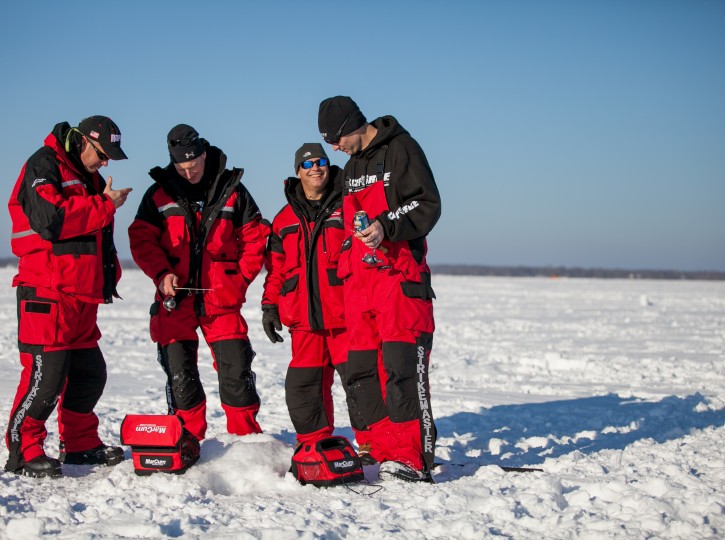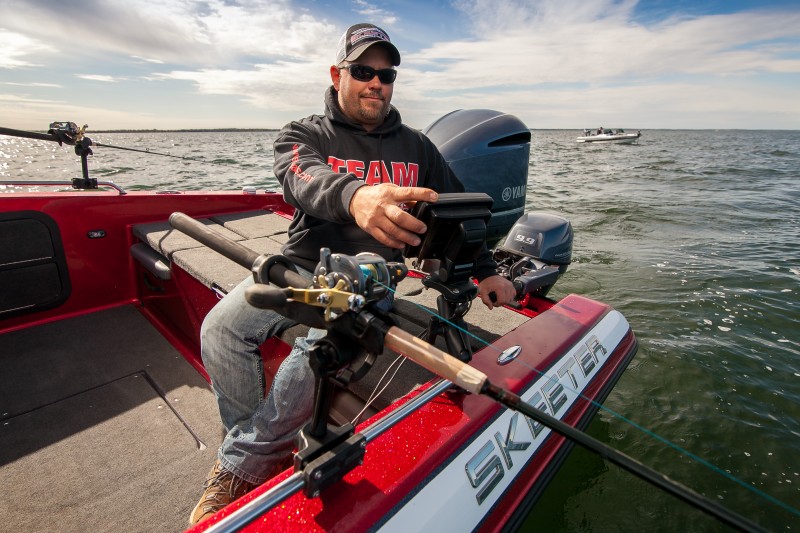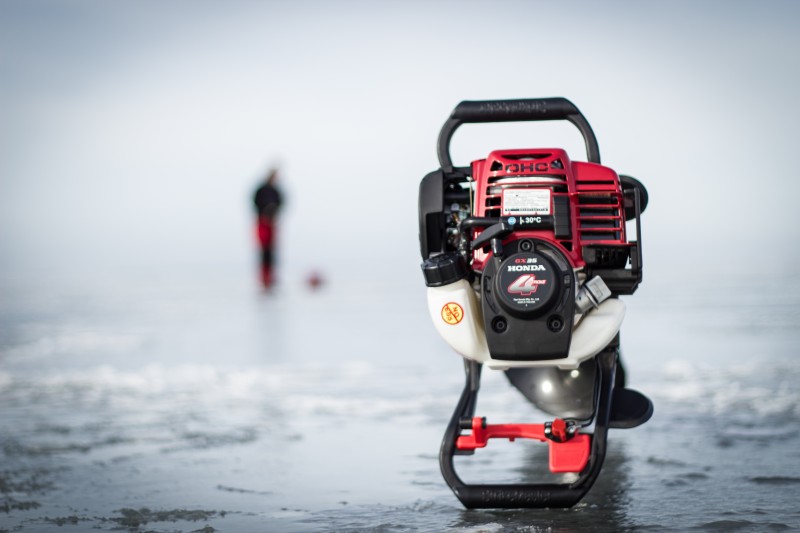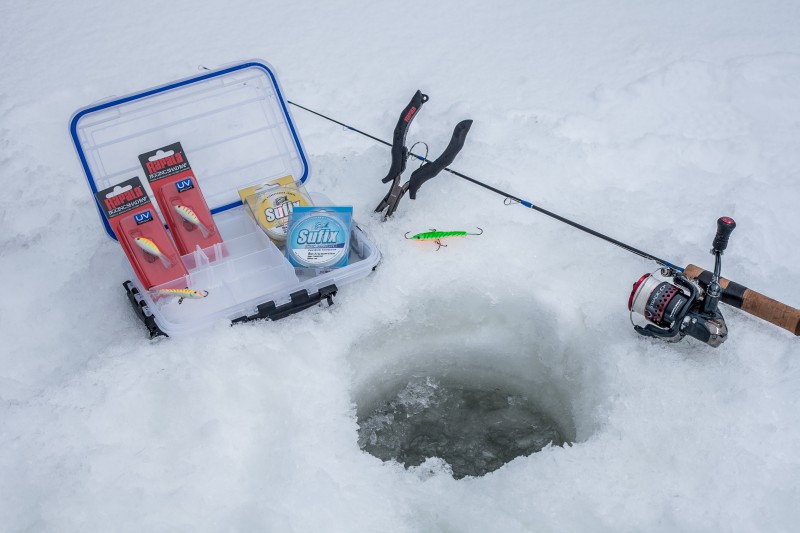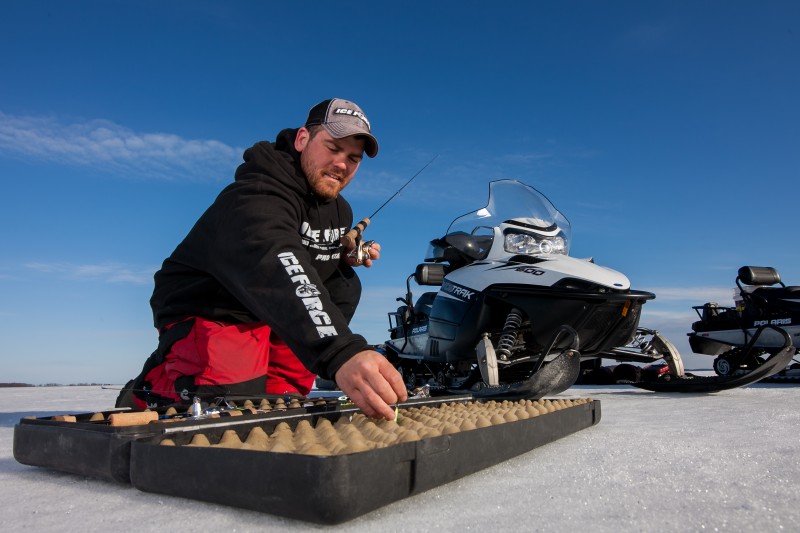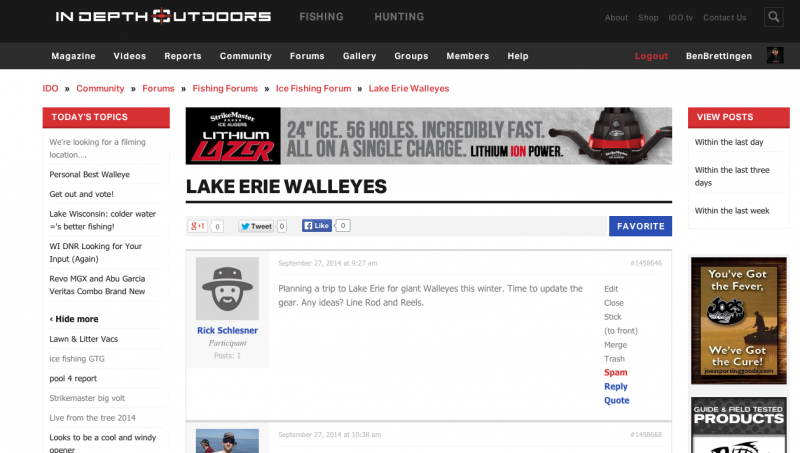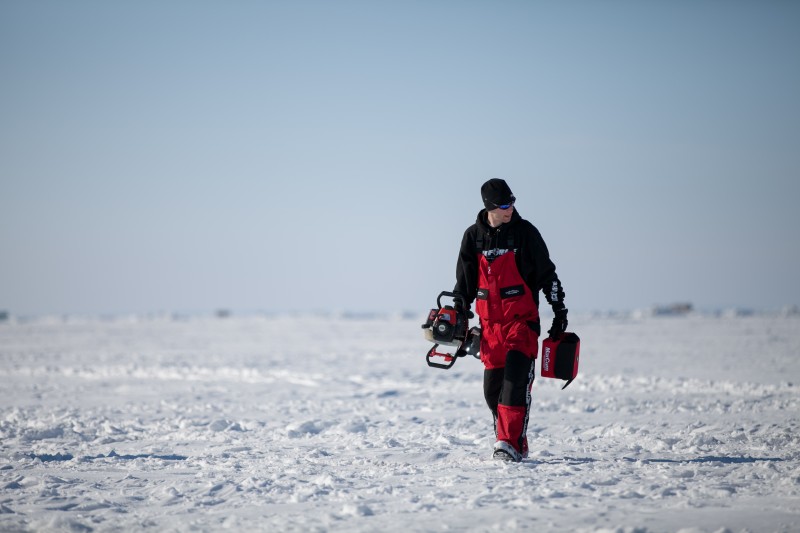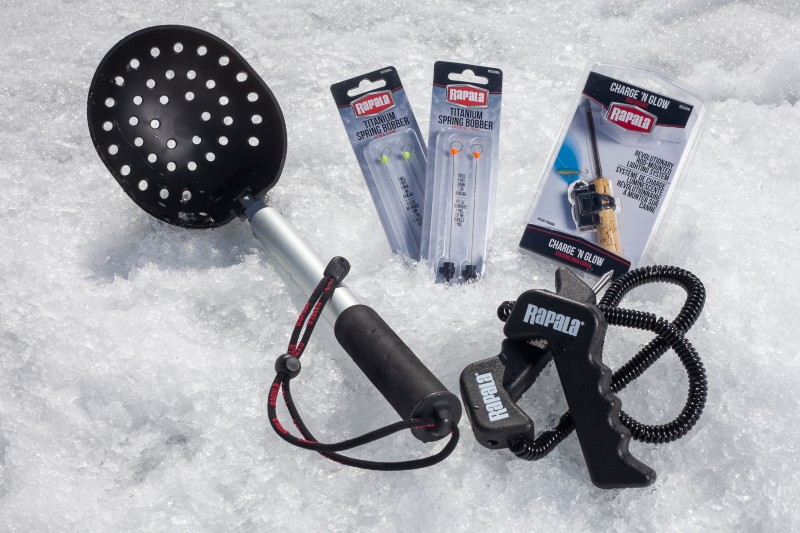Getting Ready for the Season
The leaves have long since vacated their perch upon the trees of the Upper Midwest and found themselves matted along the forest floor. The roofs of houses begin donning a thin white coat every morning, and the defrost on your truck becomes more useful as each day passes. The water falls closer to the magic numbers every ice fisherman knows too well.
However, before you can sink your auger blades into early ice, here’s a checklist of some things I do before stepping foot on frozen water:
1. What fall fishing I can do always has some portion of the trip dedicated to winter scouting. Even if you’re cruising across the lake with one-eye constantly on the graph, looking for tell-tale signs of differing bottom-hardness, lake-bottom elevation changes, or un-marked structure, dropping a GPS point on it and circling back for further exploration is always easier from a boat!
2. Drag my house out of storage or put together new Otter in mid-October. This gives me time to figure out what survived summer storage, and plan on replacement should mice or other critters have gotten into it.
3. Auger – This gets my attention next, as again, I’ll need time to react should there be an issue. It’s a lot easier finding a place to get you a tuneup on your auger when there’s no ice on the lake
4. Tacklebox – I go through all of my old baits. Replace hooks as/if needed and take inventory on what needs re-stocking while I work new baits into the system.
5. Rodbox – I take inventory of rods/reels from the previous year, figuring out what I’ll need for the coming year, and what reels need attention if any.
6. Digital scouting – This is something I’m always doing, but I ramp up efforts in the fall in preparation for the season ahead. Weather it be networking on In-Depth Outdoors, finding new honey holes on the DNR Lake Finder, or finding new structure on contour maps, I’m starting the search.
7. Establish a calendar – Scheduling is the sportsman’s largest lament, and the easiest way to make sure trips happen is to schedule them….then guard the dates like a rabid dog. I can go through a calendar and tell you when the best bites on most lakes will take place as a function of average annual ice-up, so why wouldn’t I plan to fish during those times? This whole wistful idea of “we should go fishing for species X on lake Y during week Z” is a bunch of baloney. If you want to do it, schedule it.
8. Respool Line – You wouldn’t go on Safari with the cheapest bullets you can find, so you shouldn’t burn valuable vacation time and gas money on trips that destine you to failure with old line. It’s a cheap investment to respool ice reels. They’re typically low capacity, and the line is relatively cheap. Do this!
9. Outerwear – Year to year, you get a better feeling as to what you need to stay warm given the types of climates you fish in, and how much you fish inside/outside of a house. However, stuff wears out, and gloves or bibs that leak make for a miserable outing.
10. The little things – Over the years, this list for me grows as I find small trinkets and tools that make the ice experience more enjoyable. Many of these are necessities, but can be after-thoughts to many people and end up costing extra time, effort, and energy if they’re not brought with. I try make sure I have the following on me or I’m upset with myself for not having them on hand:
i. Fishing Scissors
ii. Bait pucks
iii. Forceps (panfish)
iv. Pliers (walleye)
v. Headlamp
vi. Extra otter hitch and tow-bar pins
vii. Replacement Auger blades
viii. Batteries – headlamp and flasher
ix. Auger oil to mix with gas
x. Lighter to light heater
Going through this easy checklist will save you last minute headaches, and help you better prepare for the coming months! Before too long we’ll be in the midst of first ice and you can bet I’ll be ready and waiting!
